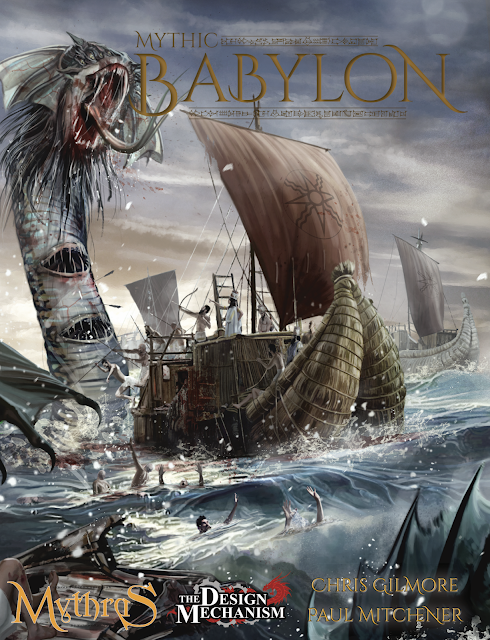As I’ve mentioned before, my “gateway drug” into this hobby
was the “Holmes” Dungeons and Dragons Basic Set, a gift from my parents
over four decades ago. My version included the infamous “chits” instead of
dice, and the classic Gary Gygax module B2: Keep on the Borderlands.
[Erol Otus's evocative picture of the keep on the back of B2]
I later learned that earlier versions of the Holmes box set
included Mike Carr’s module, B1: In Search of the Unknown. I always had been
puzzled as to why this change was made. (At the time I also was confused as to
why my box had irritating chits and others had dice, but I later learned that
that was because TSR couldn’t obtain enough dice to include in all their
fast-selling sets.)
Both modules (B1 and B2) include lots of helpful advice for neophyte
DMs. And while B2 is, I think, the superior module overall—it includes a fleshed-out
“safe haven,” a “mini-wilderness,” and a complex “dungeon” environment that, in
addition to providing a variety of different kinds of monsters and challenges,
can enable the players to engage in some role-playing (e.g., allying with some
groups against others). Nonetheless, for starting DMs, I think
B1 is a better option. It is a classic, straightforward “dungeon crawl.” Also,
I thought at the time, shouldn’t B1 be included in the Basic Set?
The explanation for this change, it turns out, was Gygax’s avarice.
Jon Peterson explains:
“With the Basic Set carrying In Search of the
Unknown now bringing in nearly 100,000 sales per quarter and rising, the 11
cents per copy due to Mike Carr started to amount to real money, especially in
pre-1980 dollars.
[…]
It was then that Gygax apparently grasped that […] perhaps
TSR could try substituting in a different module to the Basic Set — one
of Gygax’s own creation, Keep on the Borderlands (B2), which began to
ship early in 1980.”
The full story involves TSR’s legal dispute with Dave Arneson
and is explained by Peterson in his Polygon article, “How a pending
lawsuit changed the original Dungeons & Dragons Basic Set.” (The article
was posted two months ago—alas, I’ve been pretty “out of it” over the past few
months and only read it today.)
This is hardly the biggest story in the history of
role-playing games. But it’s something I distinctly remember wondering about back
in the day. It’s nice to know the answer, some forty years later.





